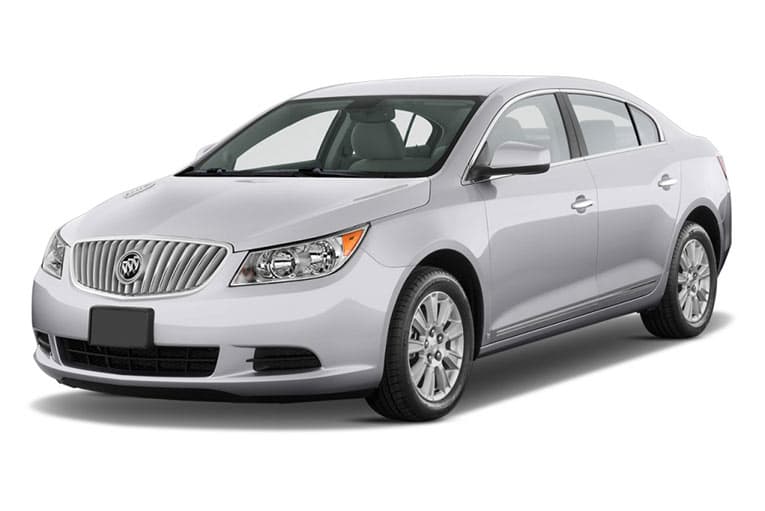The 2012 Buick LaCrosse, arriving in dealerships later this summer, will be available with a new, more powerful and fuel-efficient version of its direct-injected 3.6L V6 engine. The engine is a no-additional-cost alternative on select trim levels to the standard 2.4L four-cylinder engine with eAssist. The 3.6L V6 with variable valve timing delivers a SAE-certified 303 horsepower (223 kW) on the front-wheel-drive LaCrosse – an increase of 23 hp (17 kW) – and 264 lb.-ft. (358 Nm) of torque with no loss in fuel efficiency (17 mpg city / 27 highway). An all-wheel-drive version, which is yet to be rated, also will be available.

The lighter-weight aluminum alloy V6 is more powerful than its predecessor partly because of its new cylinder head design, which has a revised intake port design that enhances airflow to the combustion chambers. Larger-diameter intake valves in the heads and new, longer-duration intake camshafts help provide the engine’s boost in horsepower. By using larger valves and holding them open longer, more air is pulled into the combustion chamber, for more powerful combustion. Often, the tradeoff for greater power is greater fuel consumption, but engineers optimized the fuel system for the engine’s performance parameters.
The engine retains direct fuel injection, enabling greater combustion efficiency, but uses a new fuel pump and a new, isolated fuel rail. The new fuel pump is quieter, while the isolated fuel rail further reduces fuel system noise to help maintain LaCrosse’s quiet-tuned operation. Direct injection also delivers reduced emissions, particularly on cold starts, where hydrocarbon emissions are cut by about 25 percent. The new V6 uses several lighter-weight components that help maintain LaCrosse’s fuel efficiency while boosting its horsepower. The new integrated cylinder head/exhaust manifold design saves about 13 pounds compared to the cylinder heads and manifolds of the previous engine, while the new composite intake manifold saves about 5.5 pounds. Additionally, a light-weight structural front cover and lightweight, high-strength connecting rods bring the total weight savings to 20.5 pounds, improving fuel efficiency and enhancing the feeling of driving balance.










